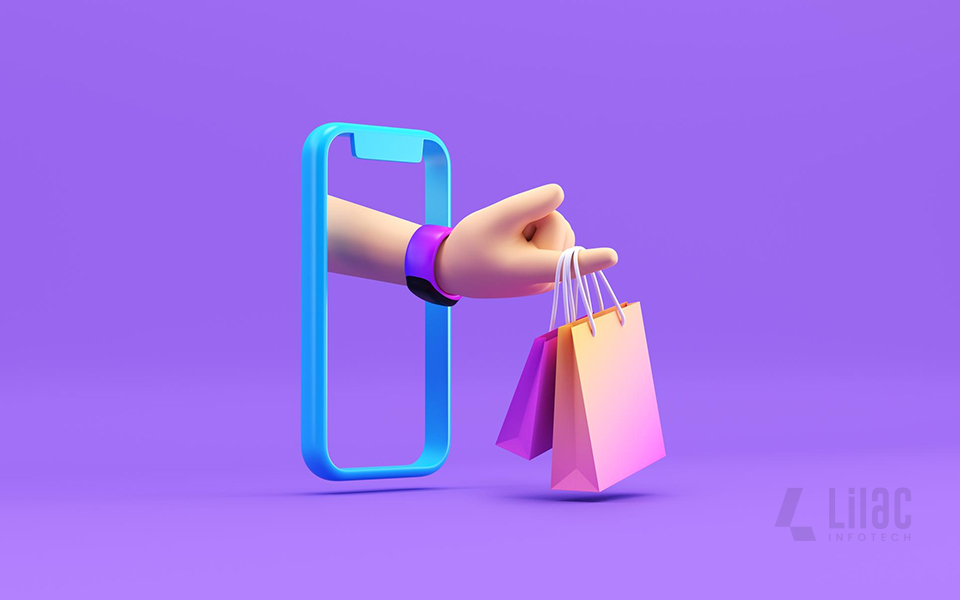In today’s digital landscape, the subscription model has gained immense popularity across various industries, from software and entertainment to food and retail. With the convenience of recurring payments and the ability to provide ongoing value to customers, businesses are increasingly looking to develop e-commerce apps tailored to subscription services. This article will guide you through the essential steps of building an effective e-commerce app development company for subscription services, focusing on key considerations and best practices to ensure success.
Understanding the Subscription Model
Before diving into the development process, it’s essential to grasp the subscription model’s mechanics. Unlike traditional e-commerce transactions, where customers make one-time purchases, subscription services allow users to pay a recurring fee for continuous access to products or services. This model fosters customer loyalty, promotes long-term relationships, and provides businesses with predictable revenue streams.
Types of Subscription Models
- Product-Based Subscriptions: Customers receive physical products regularly, such as beauty boxes, meal kits, or curated goods.
- Service-Based Subscriptions: Users pay for access to services like streaming platforms, online courses, or fitness memberships.
- Digital Content Subscriptions: This includes access to e-books, magazines, or software applications.
Why Invest in a Subscription-Based E-Commerce App?
The subscription model offers numerous advantages:
- Predictable Revenue: With a subscription model, businesses can forecast revenue more accurately, facilitating better cash flow management.
- Customer Loyalty: By providing ongoing value, businesses can foster stronger customer relationships, leading to higher retention rates.
- Lower Customer Acquisition Costs: Acquiring a customer for a subscription service is often less expensive in the long run, as the focus shifts from one-time sales to lifetime value.
Key Features of an E-Commerce App for Subscription Services
When developing an e-commerce app for subscription services, several critical features should be included to ensure a seamless user experience and operational efficiency.
1. User-Friendly Interface
The design and layout of your app should be intuitive, allowing users to navigate easily. Ensure that customers can find products or services, manage their subscriptions, and access support without confusion. Consider incorporating:
- A clean, minimalistic design.
- Clear categories for products or services.
- Easy access to account settings.
2. Subscription Management System
A robust subscription management system is vital for both the business and the customers. This system should include features such as:
- Flexible Subscription Plans: Allow customers to choose from different subscription tiers, payment schedules, and cancellation options.
- Automated Billing: Implement automated billing and invoicing to ensure timely payments without manual intervention.
- Account Management: Users should be able to view their subscription status, payment history, and make changes to their plans with ease.
3. Secure Payment Processing
Security is paramount in e-commerce, especially for subscription services that require recurring payments. Implement secure payment gateways to ensure customer data is protected. Look for features like:
- PCI compliance to protect credit card information.
- Multiple payment options (credit/debit cards, digital wallets, etc.).
- Two-factor authentication for added security.
4. Content Delivery System
For digital subscription services, a reliable content delivery system is essential. Ensure that your app can handle various content types, such as videos, audio files, or downloadable resources. Key considerations include:
- Streaming Capabilities: For video or audio services, ensure smooth streaming without buffering.
- Downloadable Content: Allow users to download content for offline access.
- Content Updates: Regularly update the content library to keep subscribers engaged.
5. Analytics and Reporting Tools
Incorporating analytics tools into your app will help you monitor user behavior, subscription patterns, and sales metrics. These insights can drive data-informed decisions and optimize your subscription services. Look for features like:
- User engagement tracking.
- Subscription churn analysis.
- Revenue forecasting.
Steps to Develop Your E-Commerce App for Subscription Services
Step 1: Define Your Target Audience
Understanding your target audience is crucial for developing an app that meets their needs. Conduct market research to identify potential users and their preferences. Create user personas to guide your development process, ensuring your app resonates with your audience.
Step 2: Choose the Right E-Commerce App Development Company
Selecting an experienced e-commerce app development company is critical for the success of your project. Look for companies that specialize in building subscription-based e-commerce apps. Consider the following factors:
- Portfolio and Experience: Review their previous work and client testimonials to gauge their expertise.
- Technical Skills: Ensure they have experience with the technologies required for your app (e.g., payment gateways, content management systems).
- Post-Launch Support: Check if they offer ongoing support and maintenance after the app launch.
Step 3: Plan Your App’s Features and Design
Create a detailed plan outlining the features you want in your app. Collaborate with your development team to design a user-friendly interface that aligns with your brand. Focus on creating a seamless user journey, from onboarding to managing subscriptions.
Step 4: Development and Testing
Once the planning phase is complete, your e-commerce app development company will begin coding your app. This phase typically involves:
- Front-End Development: Building the user interface and experience.
- Back-End Development: Creating the server, databases, and APIs necessary for app functionality.
- Integration: Incorporating payment gateways, analytics tools, and content delivery systems.
- Testing: Conduct thorough testing to identify and resolve any bugs or issues before launch.
Step 5: Launch and Market Your App
After testing and making necessary adjustments, it’s time to launch your e-commerce app. Develop a marketing strategy to promote your app and attract subscribers. Consider tactics such as:
- Social Media Marketing: Leverage platforms like Instagram, Facebook, and Twitter to create awareness.
- Email Marketing: Reach out to potential customers with newsletters and promotional offers.
- Influencer Partnerships: Collaborate with influencers in your niche to tap into their audience.
Step 6: Monitor Performance and Iterate
After your app is live, continuously monitor its performance using analytics tools. Analyze user feedback and engagement metrics to identify areas for improvement. Regularly update your app with new features and content to keep subscribers engaged.
Best Practices for E-Commerce App Development
- Focus on User Experience: Prioritize a seamless and intuitive user experience to encourage subscriptions and reduce churn rates.
- Implement A/B Testing: Test different features, pricing strategies, and marketing tactics to determine what resonates best with your audience.
- Regularly Update Content: For content-based subscription services, frequently refresh your offerings to keep subscribers interested.
- Engage with Customers: Foster a community around your subscription service through forums, social media, and customer support channels.
Conclusion
Building an e-commerce app for subscription services is a rewarding endeavor that can drive customer loyalty and generate consistent revenue. By understanding the subscription model, incorporating essential features, and collaborating with a skilled e-commerce app development company, you can create a platform that meets the needs of your target audience and stands out in the competitive market. Stay adaptable, keep an eye on industry trends, and continuously seek feedback to ensure your app’s ongoing success.
With the right approach, your e-commerce app for subscription services can flourish and provide immense value to your users.



